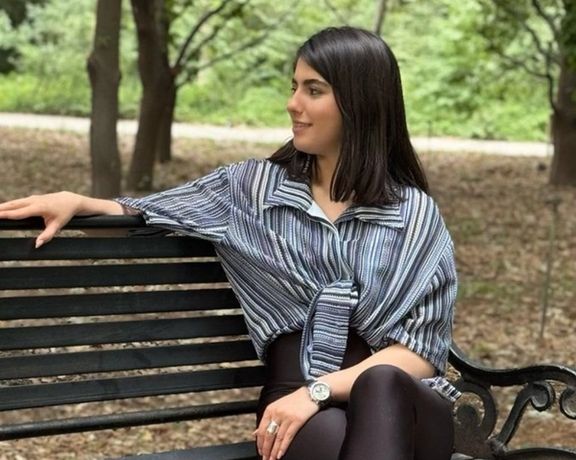Murder of young Iranian woman reignites debates on sexism and justice

The murder of 24-year-old Elahe Hosseinnejad gripped Iran, sparking grief and anger over gender violence, legal discrimination and the state’s failure to protect women.

The murder of 24-year-old Elahe Hosseinnejad gripped Iran, sparking grief and anger over gender violence, legal discrimination and the state’s failure to protect women.
Hosseinnejad, a nail technician from Eslamshahr, south of Tehran, vanished on May 25 after leaving work to care for her younger brother.
Her disappearance quickly drew attention after her family raised the alarm on social media, prompting thousands to share her photo in hopes of locating her.
Instagram posts by Hosseinnejad show a determined young woman supporting her family, expressing sympathy for executed protesters and backing the Woman, Life, Freedom movement.
On June 5, police arrested a man in his early 30s in connection with her death. Authorities said he operated an unlicensed taxi and had a criminal record.
Public reaction
The response was immediate. Messages of sorrow poured in from citizens, artists, and public figures.
“One murder victim and 90 million wounded,” many posted on social media.
Zahra Behrouz-Azar, vice president for women and family affairs, wrote on Telegram that the reaction sent a clear message: preventing violence against women is a national demand.
She cited “cultural and economic crises, weaknesses in preventive infrastructure, and gaps in legal and support systems” as causes.
State and police criticized
After her disappearance, many accused the authorities of systemic failure to protect citizens—especially women.
“How is it that thousands of agents and surveillance cameras are present across cities to harass Iranian women for improper veiling, but no measures (are taken) to ensure the safety of citizens, especially women?” activist and former political prisoner Hossein Ronaghi asked on X before Hosseinnejad’s body was found.
Hours after the arrest, police released two videos of the suspect’s interrogation and confession.
In the footage, he admits to trying to steal Hosseinnejad’s phone, stabbing her when she resisted and abandoning her body near Tehran’s airport. One video shows him on the floor during interrogation, recoiling after being slapped.
“The videos of the arrest and interrogation of Elaheh Hosseinnejad’s murderer are enough on their own to make me lose all hope in the improvement of security in this country,” digital rights activist and entrepreneur Nima Namdari posted on X.
“Justice will never be established in a country where the rights of the accused and the principles of fair trial are not respected. As long as there is no justice, there will be no security,” he added.
Legal inequality under scrutiny
The case has revived debate over Iran’s gender-based legal discrimination.
Murder is punishable by death, but if a man kills a woman, the victim’s family must first pay half the value of full blood money (diyeh)—set annually by judicial authorities—to the killer’s family before the execution can proceed.
This does not apply when both victim and perpetrator are male, reinforcing what activists call a system that devalues women’s lives.
“Why should the victim and their family bear the cost of the inequality in the law?” user @mynamefarshad posted on X.
Supporters of Sharia-based laws say the system allows flexibility. In high-profile cases, the state can pay the blood money itself to proceed with execution under Islamic jurisprudence.
Police released Hosseinnejad’s body to her family on Friday. Citizen reports say she was buried immediately, under strict security, without a public announcement in Eslamshahr.